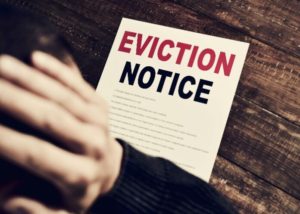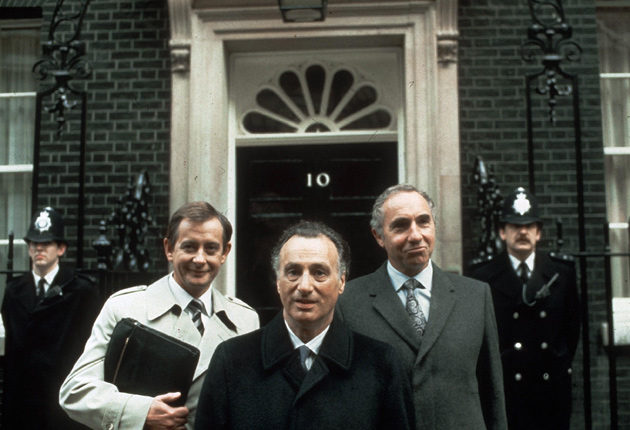The latest report from Joseph Rowntree Foundation after a large-scale survey reveals that around 400,000 renting households have either been served an eviction notice or have been told they may be evicted, when the eviction (for rent arrears) ends Monday 1 June, is disturbing, but this is not the full picture especially with mostly leftwing-liberal media demonising landlords .
But the picture is far from what you read in the Guardian or hear on the BBC. It is a complex picture. The majority of landlords are small investors, heavily mortgaged., and the gross income from the property is not much higher than the average income before the British taxpayer starts paying tax, while more than half of landlords’ investment is actually their pension . The crisis if of the treasury and the local authorities making and could have been avoided had they paid the rent directly to the landlords and deducted from the tenants’ benefits.
Tomorrow (1st June) ban ends, a large-scale survey by the Joseph Rowntree Foundation indicated that around 400,000 renting were informed they were to face eviction.
Near a million or 11 per cent of renting households might face eviction in the next three months. Half of the figures are families with children and 1.7 million renting households are worried about paying their rent over the same period (20%) of all renters.
The government, treasury, and local authorities are largely to blame. Since most of those renters are on some kind of benefit, one asks why the rent part of the benefit is not paid directly to the landlords?
First, there is a basic fact: no landlord wants to evict a tenant, because an empty property is a double loss. First, the loss of rental income, since the majority of landlords (63%) have mortgages, and second, the majority of evicted tenants would have trashed the accommodation or at least a great deal of repairs needed before the property is advertised again for rent.
Second, and contrary to the negative picture presented in the liberal media. Almost half of the landlords are small investors, pensioners for individuals who already face hardship due to the tenants’ rent arrears.
Of the 44 million rental units in the US, independent landlords own the majority with a total of 24 million units.
Over half (55%) of the landlords own one rental property, while 36% own two to three properties, and only 1% own more than 10 properties. This shows us that the majority of landlords actually own only one or 2 properties, showing us that not many landlords own a vast portfolio of properties.
This represents 22% of the private rented sector. A further 38% own between two and four properties (representing 31% of the sector). The remaining 17% of landlords own five or more properties, representing 48% of the private rented sector.
Since 2010, the proportion of landlords with just one property has declined from 78% to 45% or from 40% to 21% of the sector. This is due to the fact that they made losses mostly by the inability under current laws to recover rent arrears or damages caused by tenants.
Third, the age of landlords indicates that they are far from being exploiting investors but mostly pensioners. Over half (59%) of landlords are aged 55 years or older. Not surprisingly, given the older age profile, a third (33%) of landlords are retired.
Near half (46%) of landlords became a landlord because they preferred property to other investments; 44% did so to contribute to their pension. Only 4% became a landlord to let property as a full-time business.
Three-quarters of landlords (73% of those who had been a landlord for between four and 10 years, and 75% of those a landlord for 11 or more years).have mortgages to fund the property. Half of them (58%) have a Buy to Let mortgage to fund their current property/ies. Landlords, on average, report a gross rental income of £15,000 per year (before tax and other deductions). This means that after paying repairs, insurance, mortgages and other expenses the landlord income is way below the average income in UK (for example the current personal tax allowance is £12,570 ) . For most landlords income from rent makes up two fifths (42%) of their total gross income.
Just imagine then, a pensioner or even a 60 years old loses 42% of their income. So this is not just a crisis for tenants, but a serious one for landlords.
